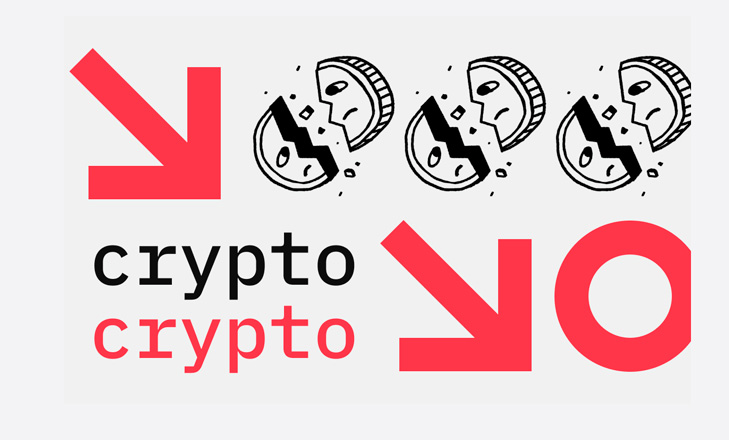Trump's law according to cryptocurrencies: what is it and how it will affect the market
In July 2025, the US Congress adopted an important law regulating the stabelcoin market - cryptocurrencies tied to the dollar.

This document received the unofficial name “Crypto-Zakon Trump” and was the first federal law in the history of the United States to establish clear rules for digital money.
Now companies that produce stabilcoins are required to hold 100% reserves, undergo licensing and comply with the rules for combating money laundering.
For a cryptorrhist, this means the transition from the gray zone to legal work, especially in the USA. It is expected that in the coming months, large fintech companies and banks will begin to enter the industry, new products will appear, and the overall interest in cryptocurrencies will grow.
The main beneficiaries of this law will be not only the stablecoins themselves, but also those projects that provide infrastructure for their work.
What cryptocurrencies can grow stronger than others
Against the backdrop of the adoption of the law, analysts expect an increase in interest in projects such as Chainlink, Ethereum, Solana, Maker and Stargate.
These cryptocurrencies play a key role in the ecosystem of stablecoins-from checking reserves and releasing decentralized coins to support of transactions and cross-section.
The growth potential for them is from 60 to 150 percent in the coming months. Tron can also grow , which are actively used to create new products based on blockchain.
Against the background of the adoption of the law, analysts expect an increase in interest in the following cryptocurrencies:
| Cryptocurrency | Growth forecast | The reason for growth |
|---|---|---|
| Chainlink (Link) | +100–150% | Oracles for checking the reserves of stablecoins |
| Ethereum (ETH) | +60–90% | Base for Defi and the release of stablecoins |
| Solana (SOL) | +70–120% | Fast network, supports USDC and other stablecoins |
| Maker (MKR) | +80–130% | Decentralized Steabelcoin DAI - an alternative to centralized |
| Stargate (stg) | +80–150% | Cross-translators and infrastructure for Defi |
| Avalanche (AVAX) | +50–90% | Blockchain for tokenization and corporate solutions |
| Polygon (Matic) | +40–80% | Ethereum scaling and business integration |
| Pyusd (PayPal) | +100–200% | Fintech support, may become a popular stablecoin |
What cryptocurrencies can suffer from the new law
The new law on cryptocurrencies in the United States is aimed at transparency, regulation and control of the movement of digital assets. Therefore, a number of cryptocurrencies, which previously felt free, may encounter restrictions, a decrease in interest, or even the risk of divisting from large exchanges.
First of all, anonymous and opaque projects fall under the blow:
Monero (XMR) and ZCash (ZEC) - these cryptocurrencies are focused on private transactions that cannot be tracked. In the conditions of the new AML/KYC rules, such coins may be outlawed in the United States, which will reduce their accessibility and liquidity .
Dash - previously positioned as anonymous, and although now the project took steps to transparency, the association with privacy can harm.
The meme-tokens without real value-Dogecoin (Doge), Shiba Inu (Shib), PEPE and similar projects are unlikely to be able to interest institutional investors, which means that the influx of capital will bypass them.
Tokens on dubious exchanges or without reserves - projects that are not able to confirm safety and reserve security may encounter the refusal of listing on adjustable sites.

As a result, the interest of investors can shift from speculative and anonymous coins to those that comply with the new law and are ready to work within the framework of the legal field.
The adoption of the law on the regulation of stablecoins in the United States is a turning point for the entire crypto market. The most advantageous position will be occupied by those projects that today play a key role in the digital assets infrastructure: Chainlink, Ethereum, Solana , Maker and others.
It is they who are able to meet new requirements, work transparently and safely, which means to attract capital from large investors and financial institutions. These cryptocurrencies look most promising for investments for the next 3-6 months.
At the same time, anonymous coins like Monero and Zcash, as well as speculative meme tokens, will most likely find themselves in the pressure zone. Strengthening control, the fight against opacity and reserve requirements can seriously limit their turnover. Investors should be attentive to such assets: they may lose interest from large exchanges and adjustable platforms.
